Picture postcards influenced by the French
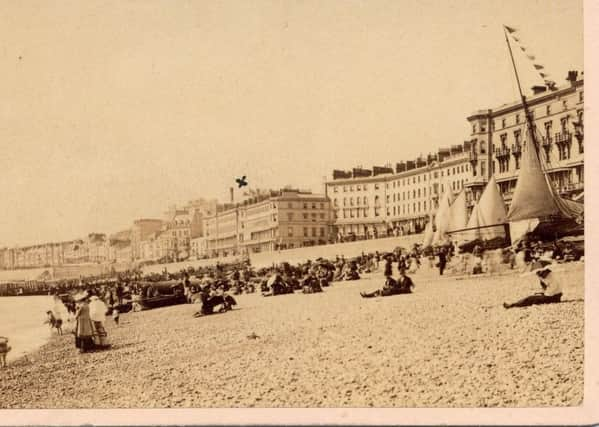

We have seen that in the second half of the 19th century a local and prolific photographer, Frederick Stephen Mann, had a thriving photographic business at 13 Wellington Place where, amongst his other photographic activities Mann produced large numbers of pocket-sized portraits in the then popular ‘Carte de Visite’ layout.
We know too that the Carte de Visite (CdeV) didn’t take off until after 1859 when a Frenchman, André-Adolphe-Eugène Disdéri, published photographs of Emperor Napoleon III in this format and the CdeV became an overnight success spreading throughout Europe and then quickly to America with the rest of the world not far behind.
Advertisement
Hide AdAdvertisement
Hide AdAlbums for the collection and display of cards became a common domestic feature in middle class homes in Victorian times.
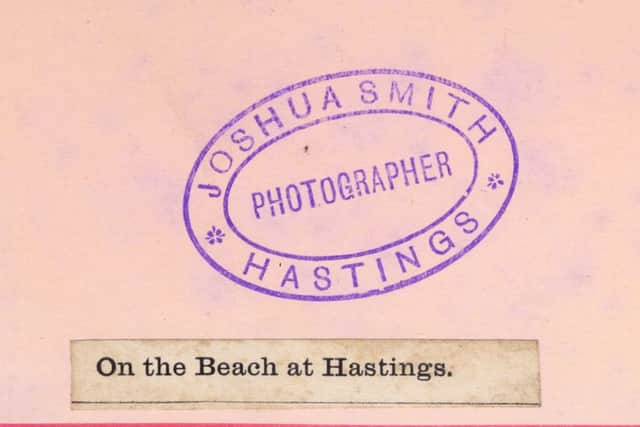

The Carte de Visite then evolved from the production of personal, family, portraits, for which they are best known, to the publication and collection of photographs of prominent persons, including local clergymen as well as actors, authors, artists, generals and politicians and local views.
By the early 1870s “cabinet cards” had appeared, these too were usually albumen prints in a larger format, mounted on a cardboard backing typically measuring 110mm (4.5 in) by 170 mm (6.5 in) and remained popular until usurped by the much cheaper and more readily available postcard.
Mann however was only one, probably the best known, of dozens of local photographers who were also producing local views as CdeV’s and cabinet cards.
Advertisement
Hide AdAdvertisement
Hide AdBy the time Frederick S. Mann had retired around 1894 his portrait studio had passed to Arthur Perry, born in 1866, in a fishing village called Throop on the outskirts of Bournemouth.
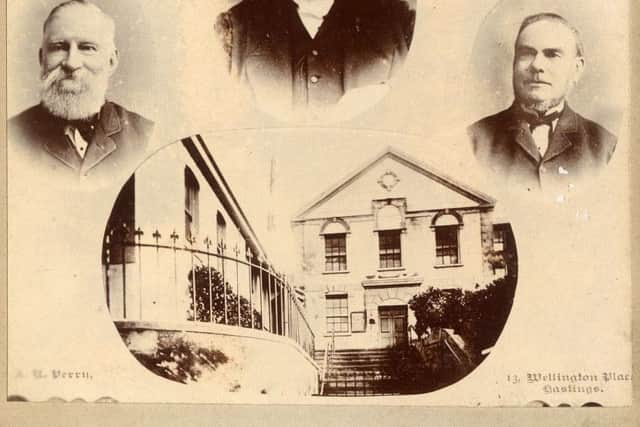

All illustrations throughout this series are from Ion Castro’s own collection and he can make available copies of many of the historic images used in this series. There’s more local history on Ion’s website, www.historichastings.co.uk or contact him - [email protected].
1: Robertson Terrace, complete with Lion and unicorn sculptures originally intended for Buckingham Palace but surplus to requirements and acquired by Hastings’ MP and property developer Patrick Robertson,
2: White Rock. William Thorpe has reproduced an early 19th century print that shows the original road over the White Rock and Hastings Castle in the background.
Advertisement
Hide AdAdvertisement
Hide Ad3: An unidentified house but possibly White Rock Villa, on the top of the cliff behind the Grand Hotel photographed by R Boning.
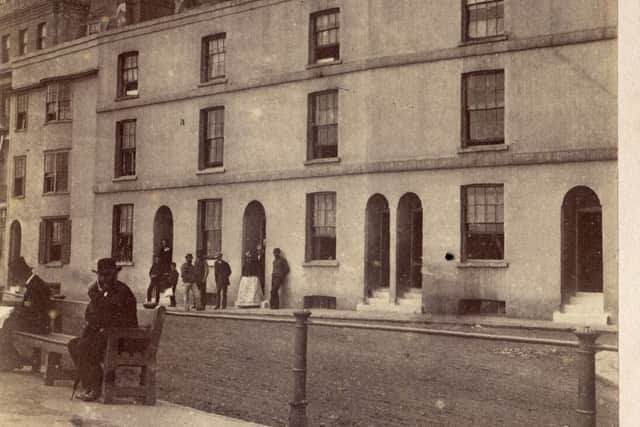

4: Marine Parade. A CdeV from J W Thomas from the last quarter of the 19th century showing the small terrace between the Albion public house off camera on the left and West Street off camera on the right.
5: Ebenezer. A larger, Cabinet Card from Arthur Robert Perry who took over 13 Wellington Place, (1893 – 1910), from Frederick S. Mann when he retired. The picture shows the rear of the Ebenezer Particular Chapel.
6: Carlisle Parade
Captioned on the reverse ‘On the Beach at Hastings’ the image by Joshua Smith shows Carlisle Parade from the Queens Hotel on the right through Rebertson Terrace in the centre to White Rock.
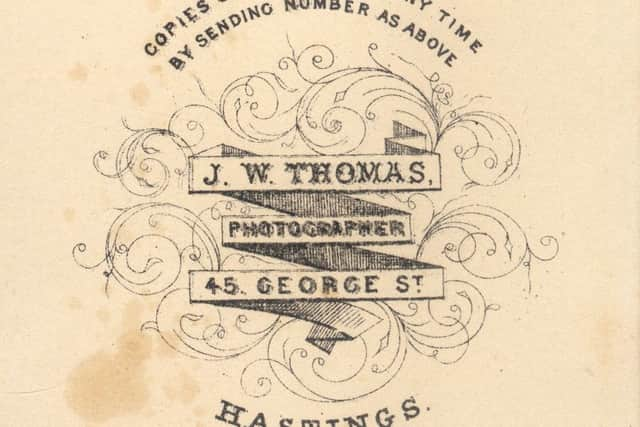

7: Carlisle Parade reverse.
8: Marine Parade reverse.
9: R Boning reverse.
10: Pleasure yacht reverse.
Advertisement
Hide AdAdvertisement
Hide Ad11: Pleasure Yacht. An image from the late 19th century by G Westbrook. The pleasure yacht is probably the 42 foot Albertine which operated from the beach by the Queens Hotel from 1865.
Benefit from an ongoing discount on your Hastings Observer by joining our voucher membership scheme. Once you’ve subscribed we’ll send you dated vouchers which can be exchanged for your paper at any news outlet. To save money on your Observer simply click here (www.localsubsplus.co.uk)